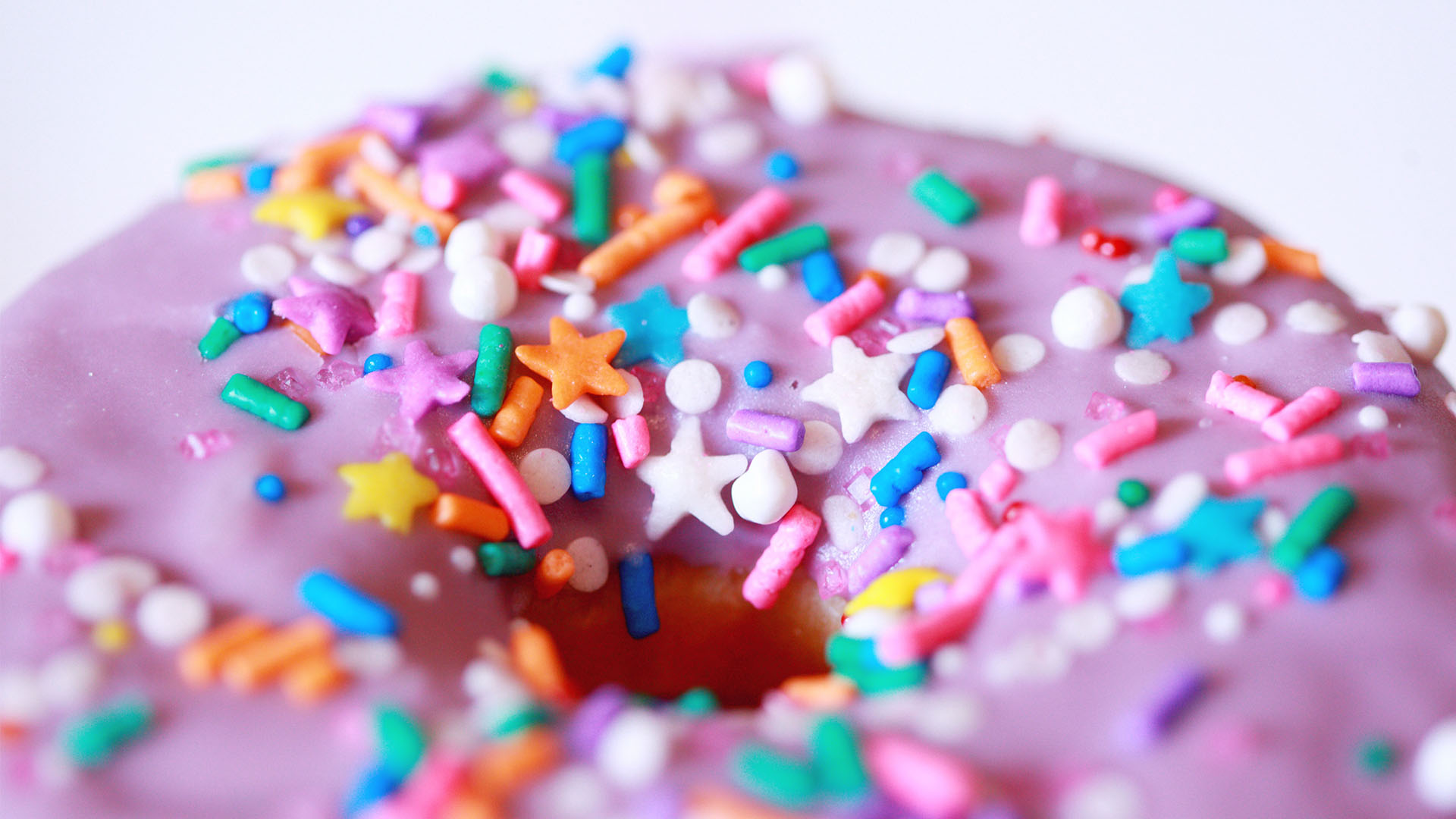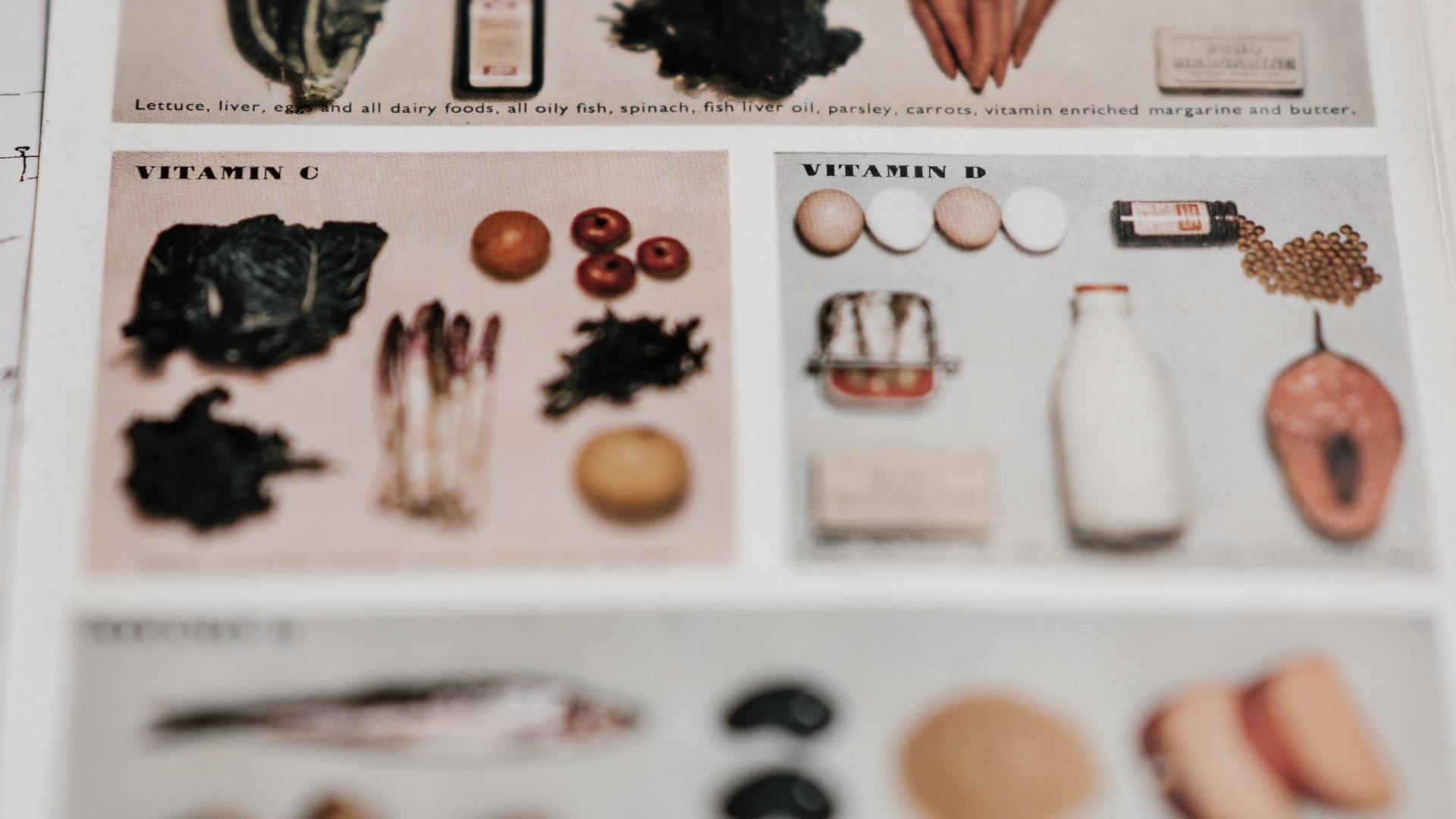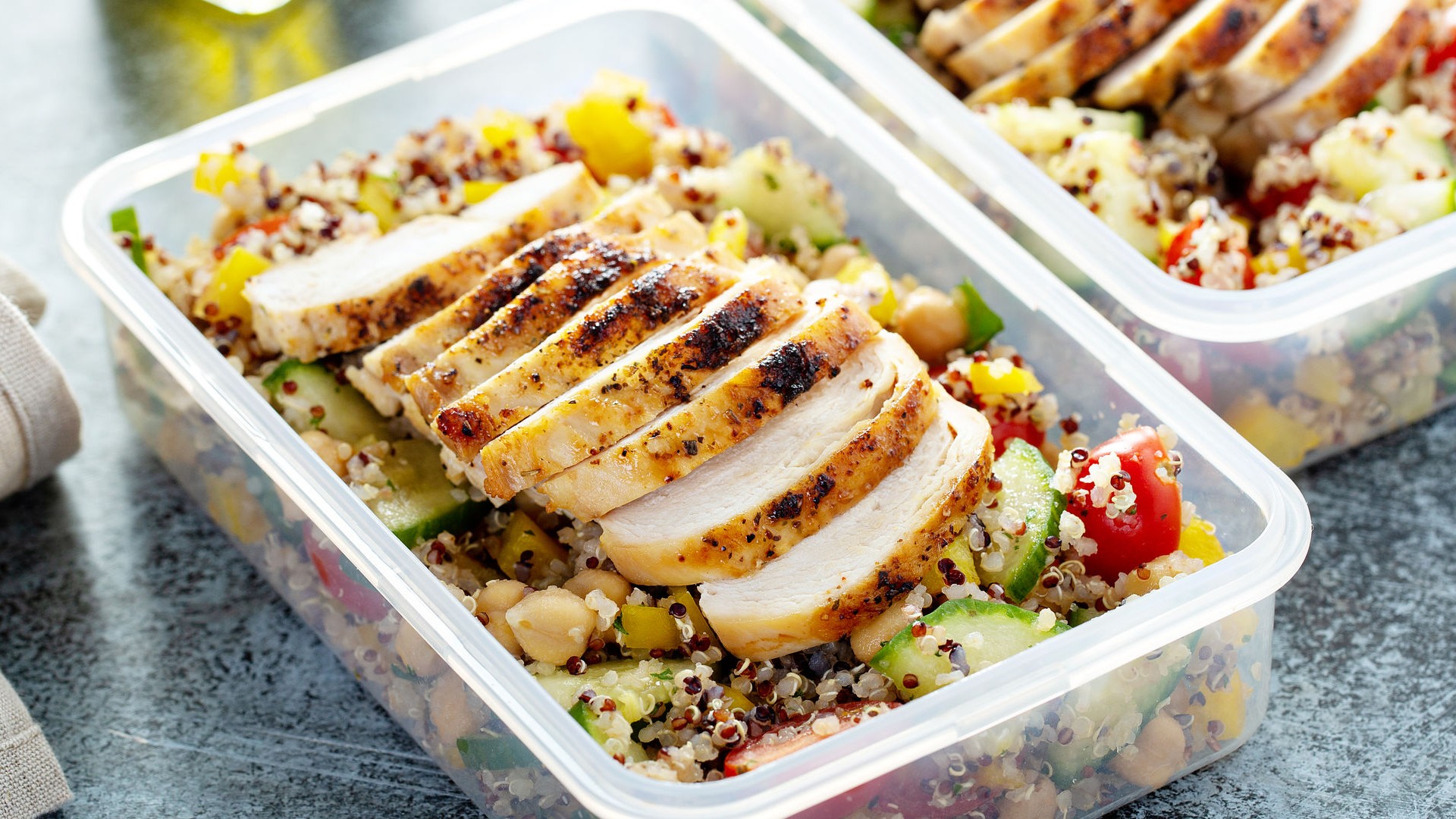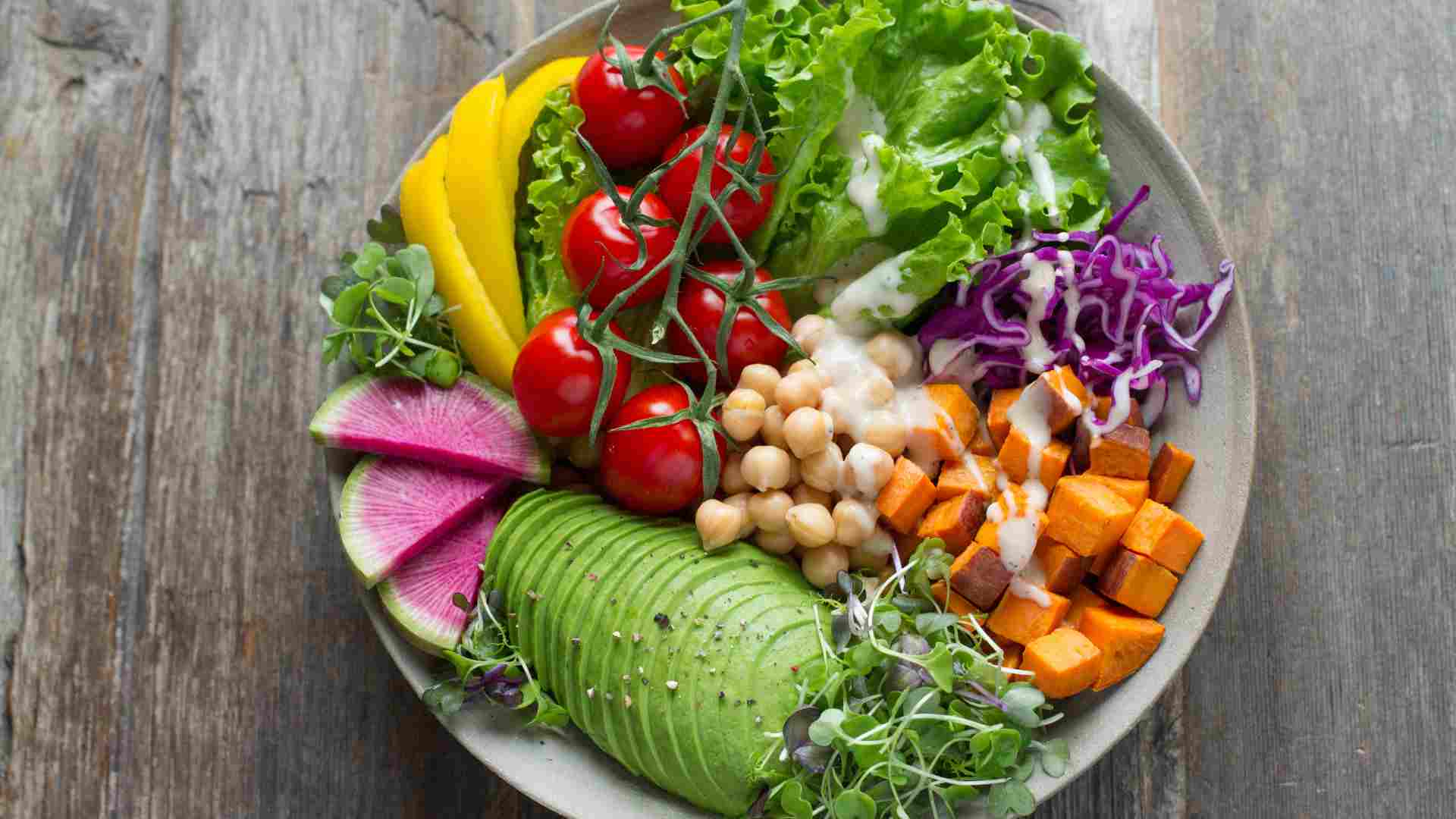Sugar-free? No Added Sugar? Unsweetened? What Do These Sugar Labels Mean Exactly?
Food labels can be tricky and confusing, especially when they all sound like they mean the same thing (doesn’t something sugar-free already suggest it’s unsweetened?).
While sugar in moderation isn’t necessarily bad for us, as naturally occurring sugar in fruits and vegetables is part of a healthy diet, added sugar (in soft drinks and processed foods) should be consumed at a minimum.
So here’s how to make sense of sugar claims and labels:
1. Naturally Sweetened
It’s always better to reach for something that’s naturally sweet and less processed (honey or maple syrup), rather than plain sugar. Naturally sweetened foods (those sweetened with honey, maple syrup, or agave syrup), are a better option compared to processed sweeteners, but they don’t make the food lower in sugar. Naturally sweetened just means that the sugar occurs naturally. Thnk fructose in fruits and lactose in dairy (this is why even unsweetened milk and plain yogurt contain some sugar).
Natural sugars are an important part of a healthy diet because they are packaged with other nutrients naturally found in food (vitamins, minerals, fiber and protein). Natural sugars also elicit a slower and less pronounced glucose response compared to added sugars, thanks to their fiber and protein content that slows digestion and absorption. Foods that pack a naturally sweet flavor and are nutrient-rich include pineapples, bananas and sweet potatoes.
2. Sugar-free
According to the FDA (Food and Drug Administration), sugar-free means one serving of food has less than a ½ gram of added or naturally occurring sugar. Other terms synonymous with sugar-free include free of sugar, no sugar, or zero sugar. What’s more, sugar-free includes naturally occurring and added sugars, but doesn’t include artificial sweeteners (such as Splenda or NutraSweet) or sugar alcohols (like mannitol or sorbitol), both of which are used to enhance flavor in the absence of sugar. "Sugar-free" labels are commonly found on chewing gum, diet soft drinks, pancake syrup, fruit preserves and candy.
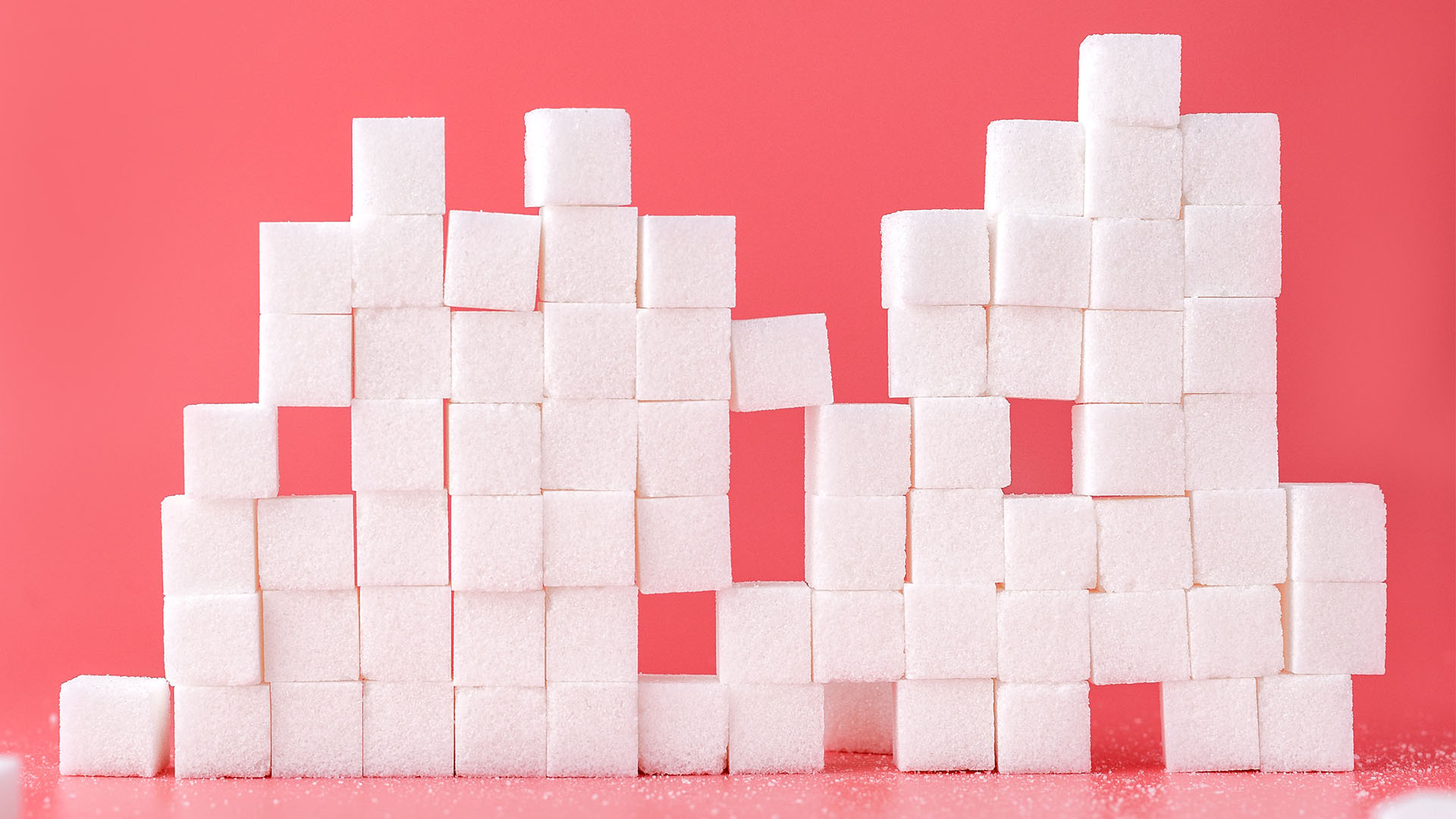
3. No Sugar Added
No sugar added is not the same as sugar-free, and literally means that no sugar and no ingredient with added sugar was added to the food during processing or packaging. No sugar added can also be labeled as ‘without added sugar’ or ‘no added sugar’, so this label is typically found on fruit juice and dried fruits. But what can be added to no sugar added foods? Anything with naturally occurring sugars, artificial sugars, and sugar alcohols, just as long as they weren't manually added to the food by using sugar or sugar-containing ingredients. This is why it’s common to see no sugar added labels on foods like peanut butter, ice cream, granola, jams and fruit juice.
4. Reduced Sugar
Reduced sugar means the food has at least 25 percent less sugar than its regular counterpart. That still means that it could still be high in sugar depending on what food it is, so while reduced sugar is not necessarily a healthy option, it is certainly a better choice since a ¼ of the sugar content has been shaved off.
5. Added Sugar
Added sugars are the reason for negative health effects, rather than natural sugars. Processed foods, baked goods and soft drinks usually contain added sugar to enhance flavours and textures. Added sugars can be refined (granulated sugar, brown sugar or high fructose corn syrup); or can be in natural forms (honey, agave nectar and maple syrup). But whatever the form, added sugars only contribute excess carbohydrates and calories without any nutritional value. Furthermore, the foods and drinks containing added sugars are also typically lacking in fiber, hence get digested and absorbed into the bloodstream quickly, leading to a spike in blood glucose (hello sugar rush). Tip: Be sure to check the added sugars content in a food nutrition label.
6. Artificial Sweeteners
Common artificial sweeteners are labeled as aspartame, saccharin and sucralose on ingredient lists. Common sources of artificial sweeteners include foods often marketed as sugar-free, such as diet soft drinks and tabletop sweeteners.
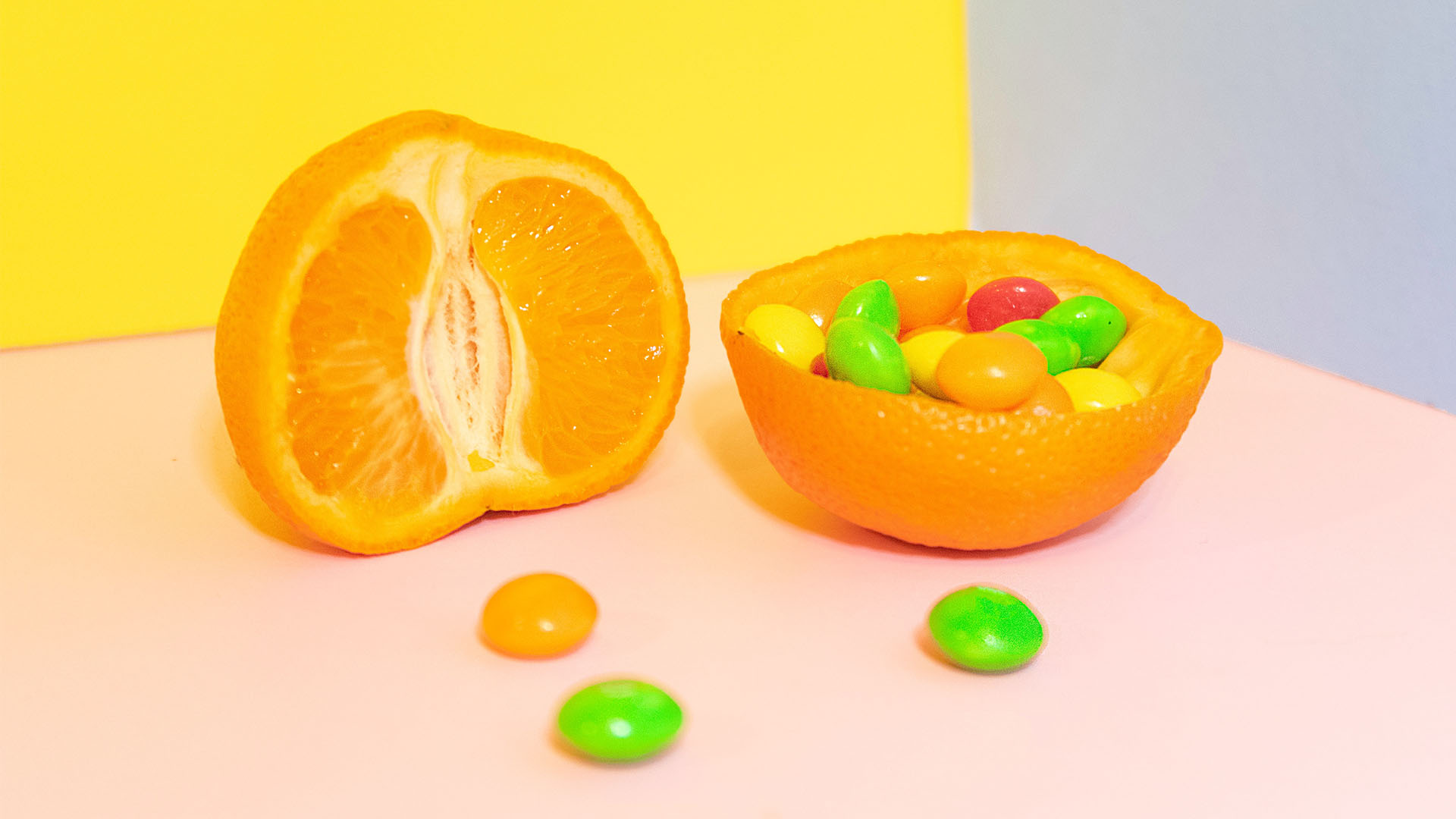
7. Sugar Alcohols
Also called polyols, some foods contain sugar alcohols, which essentially are carbohydrates found naturally in fruits and vegetables, and synthesized by food makers. Because they are not fully digestible, they provide fewer calories than sugar does and are regularly used to sweeten sugar-free foods because they don’t cause tooth decay. Sugar alcohols are included under "Total Carbohydrate" in the packaging's nutrition information, and commonly identified as sorbitol, mannitol and xylitol on the ingredients list. Common sources of sugar alcohols include chewing gum and hard candy.
8. Unsweetened
As the term implies, unsweetened means that the product doesn't have any added sugar, low-calorie or artificial sweeteners or sugar alcohols. But it can still include naturally occurring sugars (remember the lactose and fructose again), so there is no guarantee that it is completely sugar-free. Still, unsweetened is a good choice for cutting out artificial sugars or reducing the amount of added sugar in your diet. Common unsweetened products include almond milk, coconut milk, iced tea and applesauce.
9. Lightly Sweetened
This is a meaningless claim, but food manufacturers may use it to imply their food is healthier than competitors or other versions of their food without confirming the actual sugar content. Watch out for this label in reduced fat and fat-free products, as sugars are often added to mask the loss of flavor when fat is removed. You may be cutting out fat, but not necessarily calories, so be sure to read the label to understand total sugar and added sugar numbers.
For the latest updates on Wonderwall.sg, be sure to follow us on Facebook, Instagram and Telegram. If you have a story idea for us, email us at [email protected].


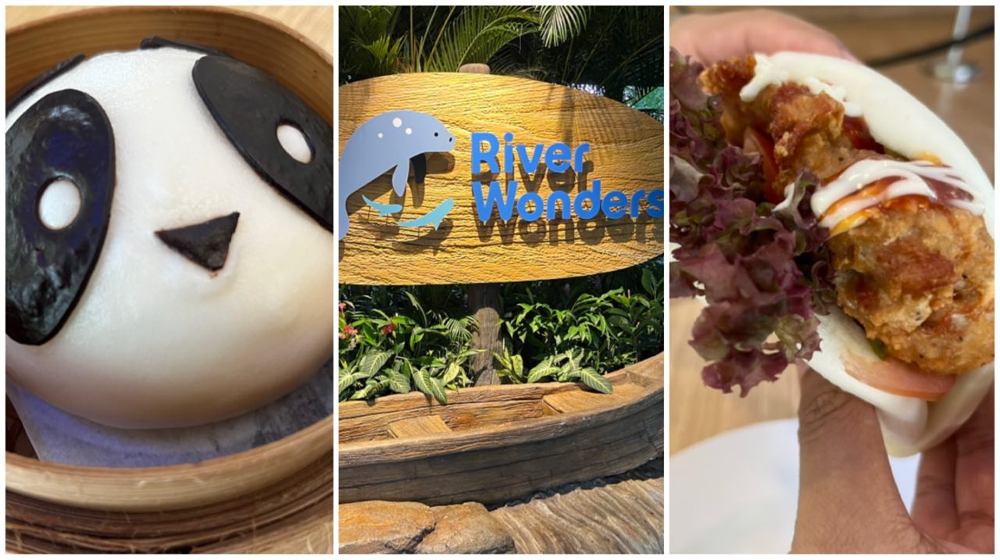
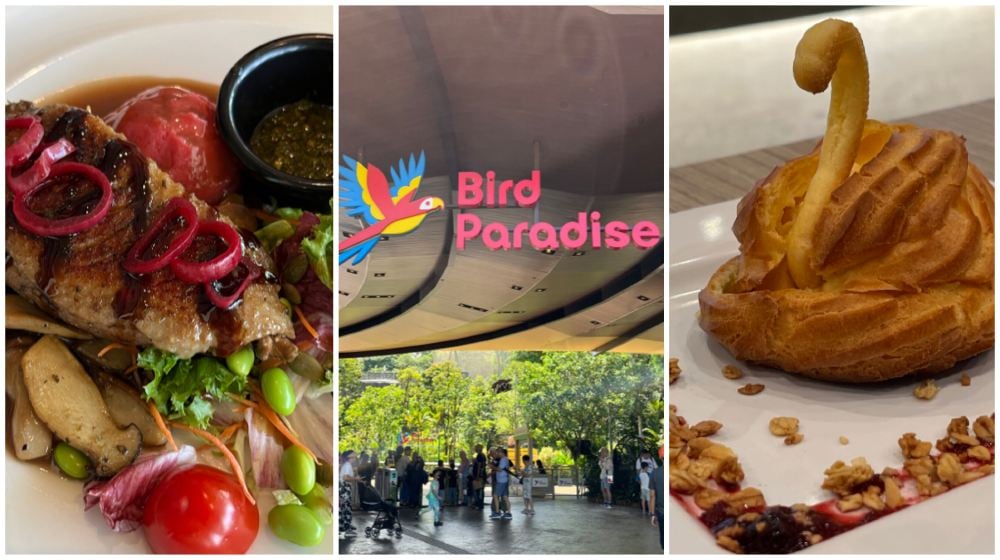

/roundup_19_april_2024_rectangle.jpg?sfvrsn=898f23d7_1)

